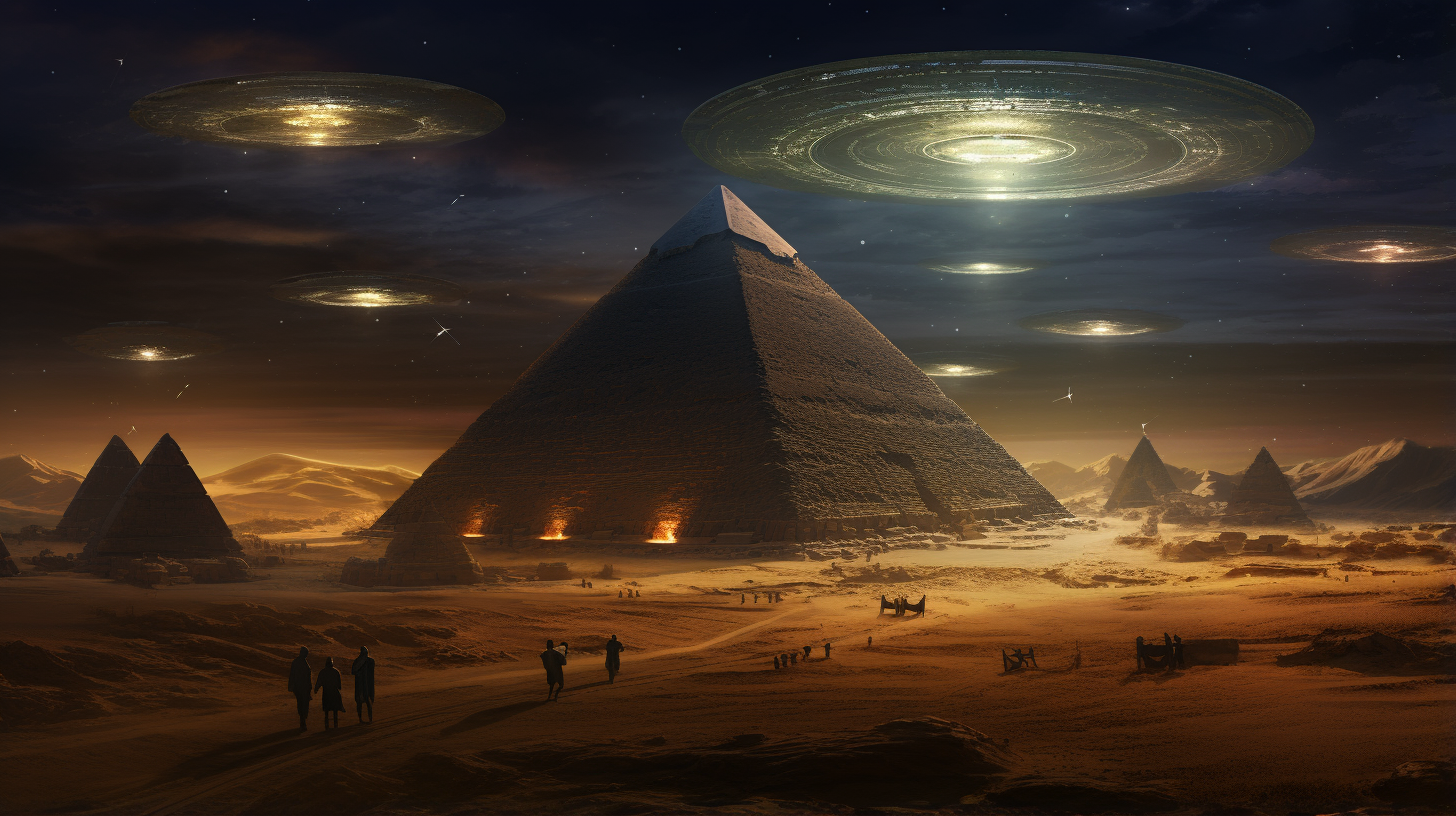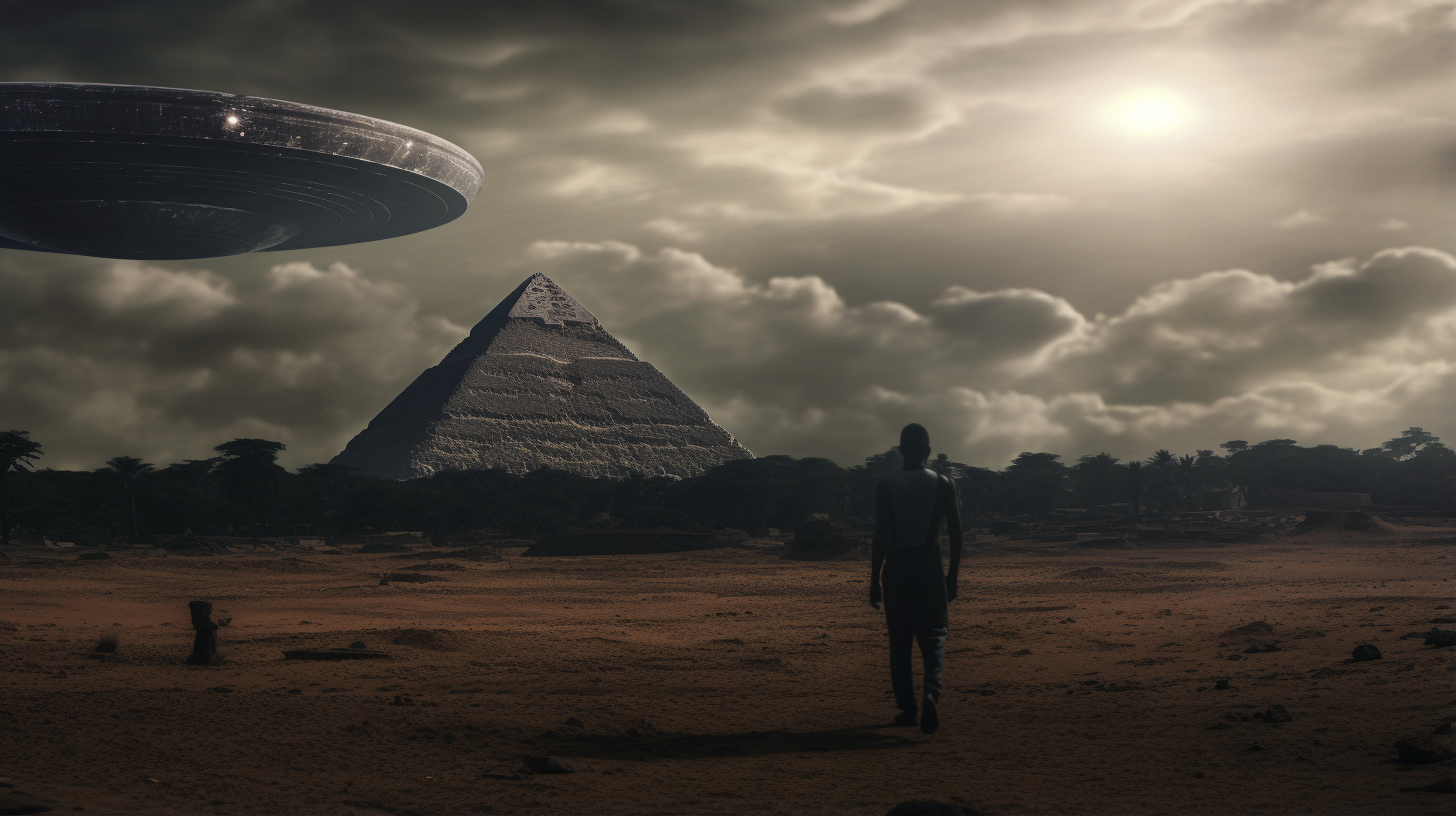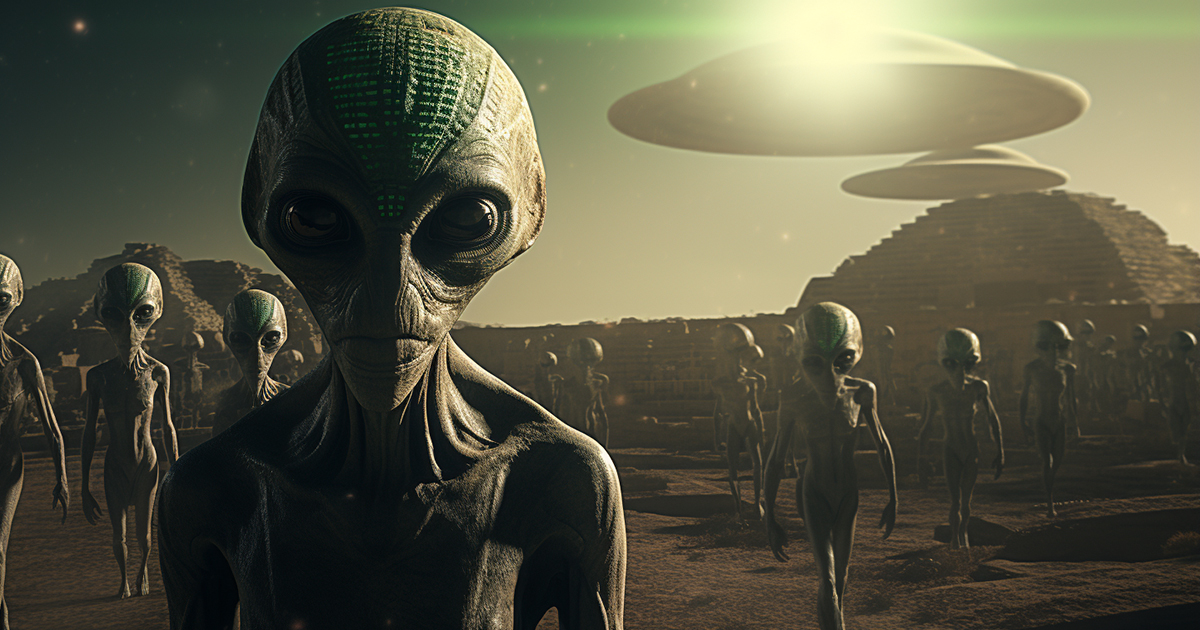Deep in the heart of the Nile Delta lies a tiny trail etched into the desert floor, a mere centimeters wide, crafted by the tireless journey of a dung beetle, also known as a scarab. This peculiar insect, measuring a mere two inches in length, sustains itself on a diet of dung, serving as both a source of sustenance and a vessel for its offspring.
What sets the scarab apart is its remarkable ability to roll its dung ball in a straight line, overcoming all obstacles in its path. Even more astounding is that it stands as the sole insect known to humanity capable of navigating by following the faint light of the Milky Way galaxy, an extraordinary revelation unveiled by biologists in 2013.
Fast forward 5,000 years, and we uncover ourselves in ancient Egypt, a civilization that revered the scarab in the highest regard, deeming it a sacred symbol, a direct link to the divine realm. It’s captivating how a civilization of such magnificence could attribute such profound importance to a seemingly unassuming insect.

Nevertheless, the scarab’s presence permeates Egyptian culture, embellishing temples and hieroglyphs alike. Notably, a colossal scarab beetle presides over the sacred lake at the Temple of Karnak, where pharaohs underwent their coronation, embodying the essence of the Egyptian deity, Khepri.
The ancient Egyptians observed the sun’s daily sojourn across the heavens, akin to the dung beetle’s unwavering trajectory through the sandy dunes. In their eyes, the mighty force propelling the sun was none other than the colossal scarab beetle god, Khepri.
In their belief system, the sun symbolized the “Eye of Ra,” Ra’s chariot, or perhaps his celestial vessel, while Khepri, the god with a scarab head, navigated this cosmic craft.
Nevertheless, can we propose an alternative rationale for the Egyptians’ adulation of Khepri as a navigator? Proponents of ancient astronaut theories posit an intriguing notion, suggesting that the depiction of Khepri as a scarab, and at times as a human with a scarab head, may have stemmed from actual encounters between ancient Egyptians and extraterrestrial entities.

Fascinatingly, the ancient Egyptians meticulously chronicled their history on numerous walls and surfaces, leaving behind a vibrant tapestry of their civilization’s beliefs and interactions.
According to these theories, human origins are interwoven with deliberate genetic interventions. Through this lens, it becomes entirely plausible that some of the beings depicted in these reliefs and carvings might have roamed the Earth in ancient times.
When we ponder the enigmatic bond between the scarab and the ancient Egyptians, we are confronted with an enduring enigma. Could the scarab signify more than just a celestial guide? Might it embody a symbol of an ancient, extraterrestrial encounter that has remained veiled in plain sight for millennia? The scarab, balancing its role as a cosmic wayfarer and a terrestrial insect, continues to bewilder us, underscoring that our comprehension of history is an ever-evolving tale, brimming with hidden revelations waiting to be unveiled.
